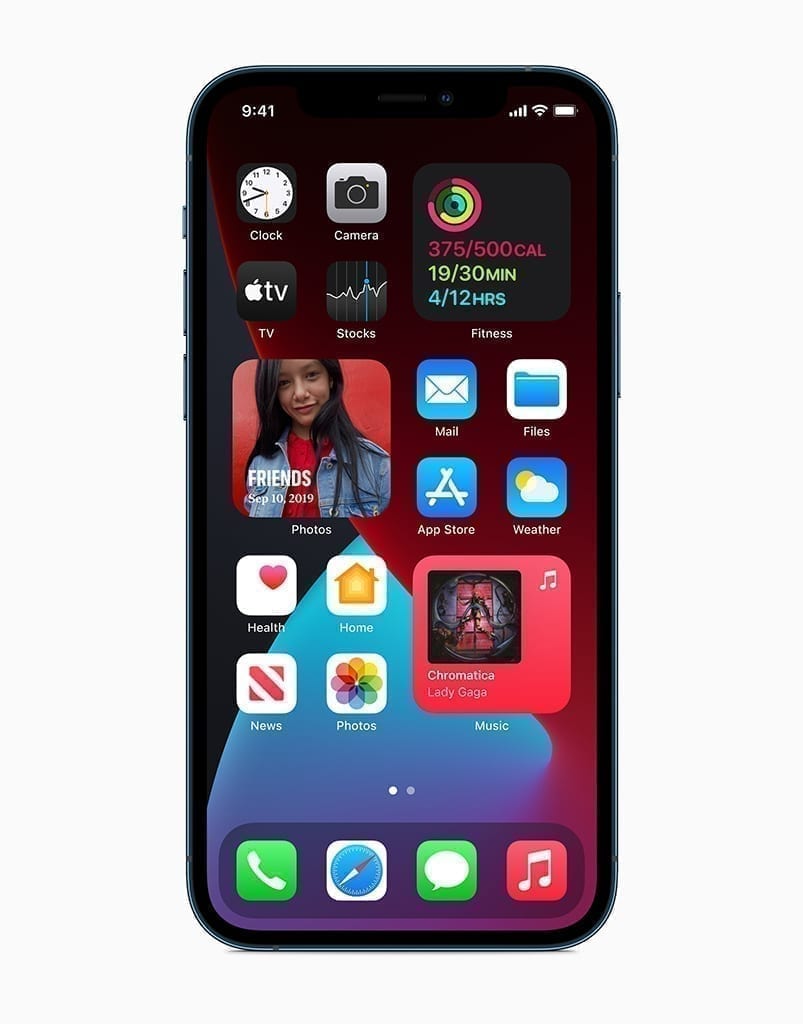In a perfect world, we’d have the time to test every page on every browser and device. But we don’t. That’s why it’s important to approach web testing with a strong compatibility testing strategy. A clear strategy helps testers complete compatibility tests in a way that balances both thoroughness and time.
Test Only Page Templates on All Browsers & Devices
Your website is likely reusing page templates for multiple pages. You may, for example, use one template for your home page, another for main menu pages, a third for lesser page content, and a fourth for blog posts. Because a page’s content rarely affects how that page is displayed in the browser, a template that works for one page should work on other pages as well.
Quickly testing pages on multiple devices using this strategy helps ensure the site will work properly on all browsers. However, there may be individual pages that deviate from the template and therefore won’t be caught with this method. Sites that use multiple templates won’t benefit much from this testing method. This strategy is recommended for sites that use fewer templates even if there are many individual pages within the site.
Test All Pages on Only Priority Browsers & Devices
Another strategy is to concentrate on the browsers your target audience is most likely to use while skimming through more obscure browsers and devices. After all, it’s more likely that a visitor to your site will be browsing on Google Chrome than on Opera. It’s also unlikely that someone will access your page from an iPhone 4 mobile device so you can limit the number of devices tested.
This method of compatibility testing helps save money in terms of both time and testing device cost. However, ignoring unusual browsers or devices could also mean you are alienating potential viewers. Again, determining the devices and browsers your ideal visitor will likely use is the key to making this strategy work.
Test Only Certain Combinations of Pages, Browsers & Devices
To compromise between the two strategies listed above, you can test all pages on all browsers and devices, but not every page on every browser or device. For example, you might test five pages on one browser, the next five pages on another, and so on until you’ve made sure every individual element has been tested.
While this testing strategy might not be perfectly accurate, it can provide a good indication about the general compatibility of a website across all devices. In fact, this forest over trees approach is a great starter strategy because it lets you know where to look more deeply for potential problems.
The Importance of Meta-Strategy in Compatibility Testing
Ultimately, whichever strategy you choose for compatibility testing must be flexible. You should also adjust testing priorities as new information arises. For example, if one page template isn’t working correctly on a Mozilla browser, there may be an underlying problem with that browser. This would direct you to do more thorough testing on that line of devices or check the browser’s compatibility documentation. By adjusting your testing strategy to new information as it arises, you can perform faster, more thorough compatibility testing.
